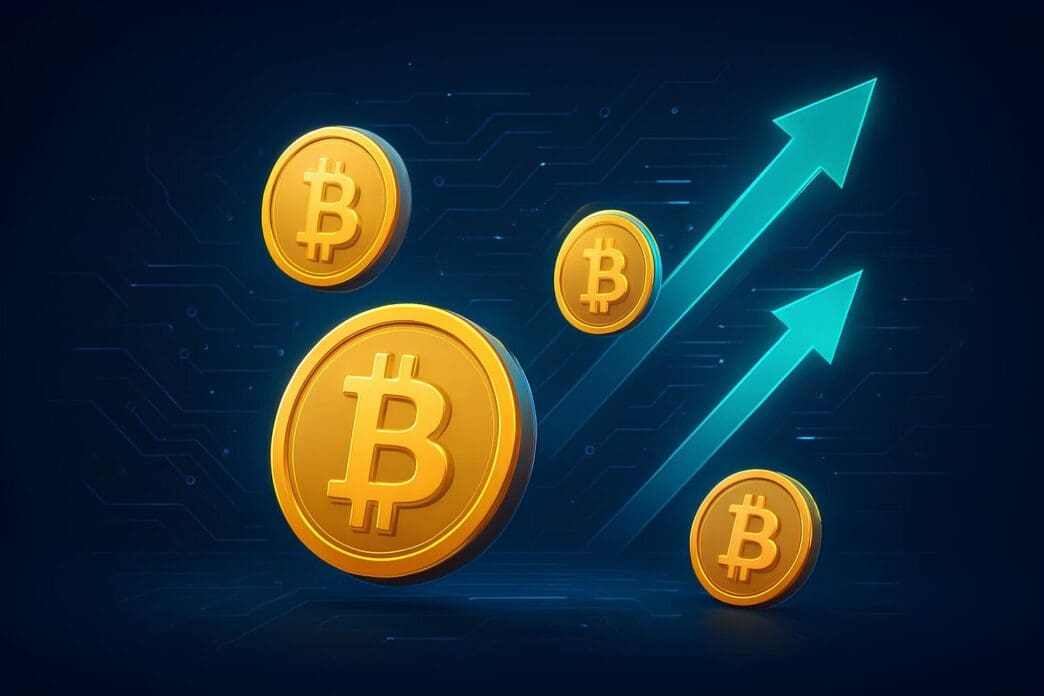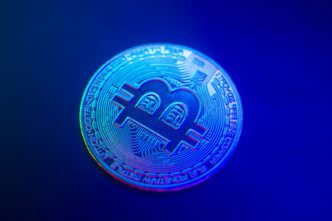Executive Summary
The Story So Far
Why This Matters
Who Thinks What?
Bitcoin’s share of global money has reportedly climbed to 1.7%, according to analysis by Bitcoin financial services company River, which suggests this growth is driven by ongoing central bank currency printing and reduced purchasing power. This development comes as the price of Bitcoin surged over 2% to approximately $116,000 per BTC following a keynote address by US Federal Reserve Chairman Jerome Powell, where he signaled impending interest rate cuts and continued monetary expansion.
Bitcoin’s Growing Share
River’s analysis indicates that Bitcoin now accounts for a significant portion of global financial assets. The company calculated this by comparing Bitcoin’s market capitalization against a total of $112.9 trillion in fiat currencies and $25.1 trillion in hard money assets.
According to River, both Bitcoin and gold continue to claim a greater share of the global money supply. This trend is attributed to central banks’ policies of inflating fiat currencies through extensive money printing, which analysts argue diminishes purchasing power and prompts investors to seek alternatives in “hard money” assets.
Powell’s Signal and Market Reaction
The price of Bitcoin saw a notable increase following Chairman Powell’s speech, which outlined the prospect of future interest rate reductions. Digital assets like Bitcoin often tend to appreciate during periods of monetary expansion, reflecting a correlation with global liquidity levels.
Investor sentiment appears to align with the Federal Reserve’s signals. Data from the Chicago Mercantile Exchange (CME) Group indicates that 75% of investors are now anticipating a 25 basis point interest rate cut as early as September.
In summary, Bitcoin’s increasing share of global money is being tracked alongside central bank monetary policies, with recent signals of interest rate cuts from the US Federal Reserve chairman prompting a notable price surge for the cryptocurrency. The ongoing debate around fiat currency inflation and the search for hard money alternatives continues to influence investor behavior in the digital asset space.







